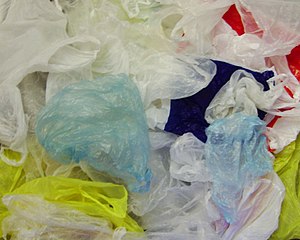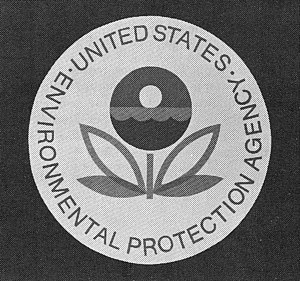This just in! Another fine addition to The Majestic Plastic Bag conservation series. A reusable plastic bag company, ChicoBag Company, announced recently that they are being sued by three of the nation’s largest disposable plastic bag manufacturers. Those companies are claiming that a link on the ChicoBag Company website educating citizens about the long term implications of disposable plastic bags to the environment is causing “irreparably harmed” their business.
Some of the statements that the disposable plastic bag companies have issue with are:
- “A reusable bag needs only to be used eleven times to have a lower environmental impact than using eleven disposable bags.” Source: EPA
- “Only one percent of plastic bags are recycled.” Source: EPA
- “Somewhere between 500 billion and a trillion plastic bags are consumed worldwide each year.” Source: National Geographic
- “The world’s largest landfill can be found floating between Hawaii and San Francisco. Wind and sea currents carry marine debris from all over the world to what is now known as the Great Pacific Garbage Patch. This ‘landfill’ is estimated to be twice the size of Texas and thousands of pounds of our discarded trash, mostly plastics.” Source: National Geographic
- “Each year hundreds of thousands of sea birds and marine life die from ingestible plastics mistaken for food.” Source: L.A. Times
We’ll keep you updated on how this plays out via our Twitter feed.
Related articles
- The Majestic Plastic Bag – Part II (beachchairscientist.wordpress.com)
- The Majestic Plastic Bag – Part III (beachchairscientist.wordpress.com)
- Reusable Shopping Bags: Making the Switch (everydayhealth.com)
- Plastic Bags: Just Say “No” (greenwithoutgreen.wordpress.com)
- A Worldwide Survey of Plastic Bag Bans & Waste (Infographic) (treehugger.com)













What people are saying …